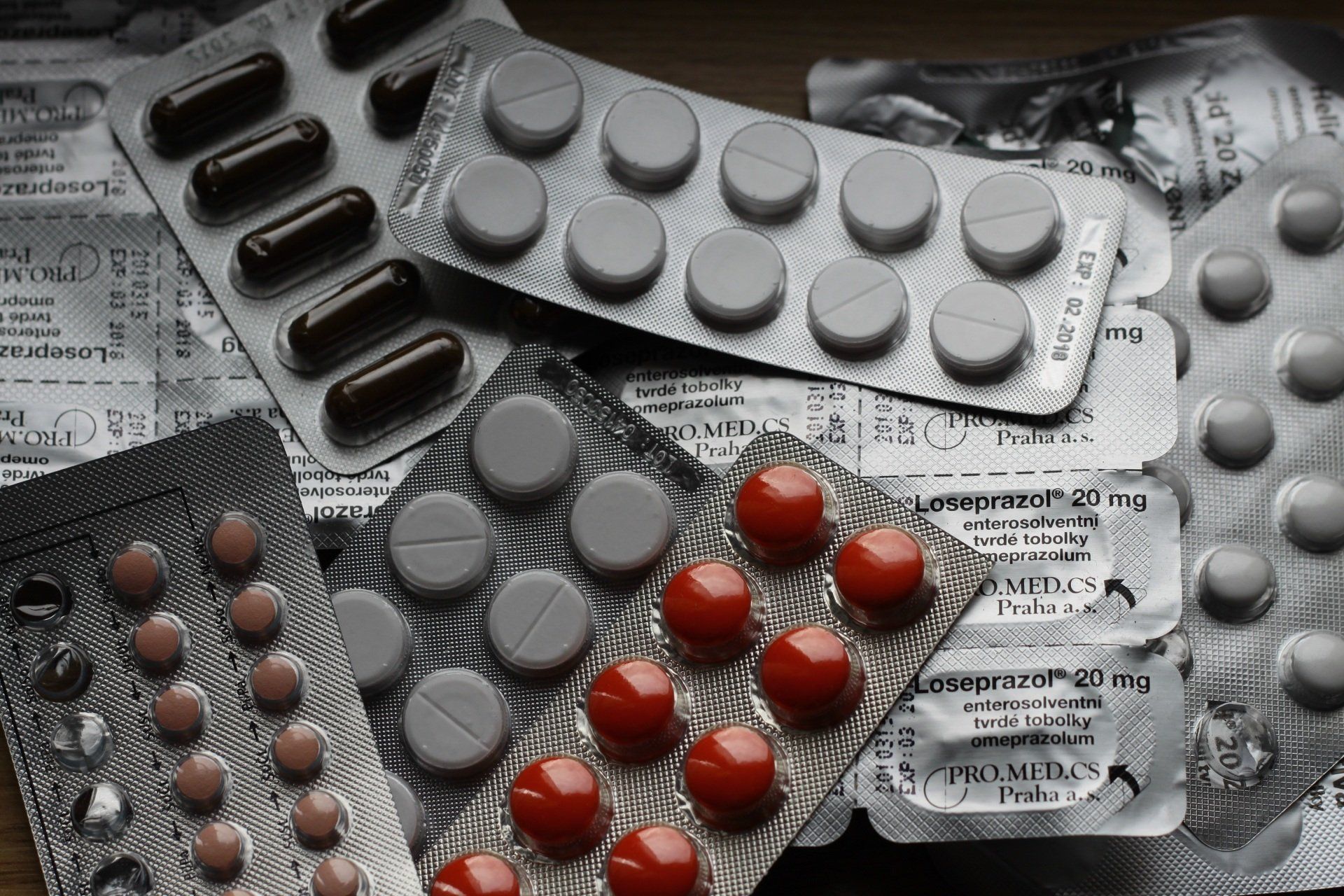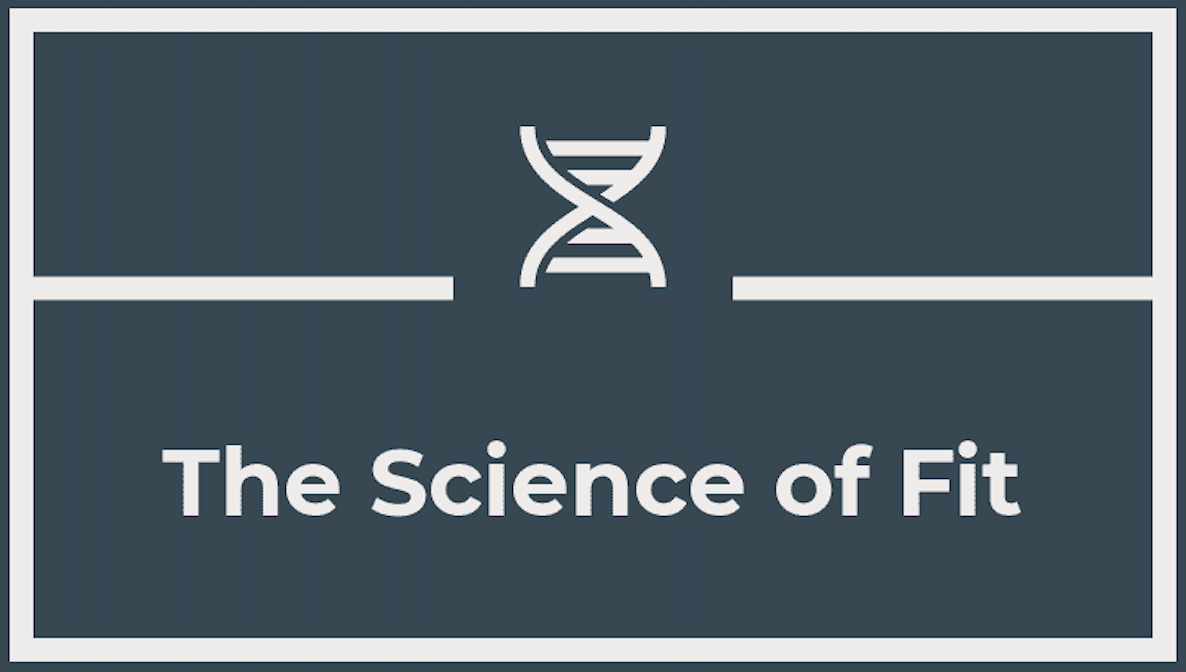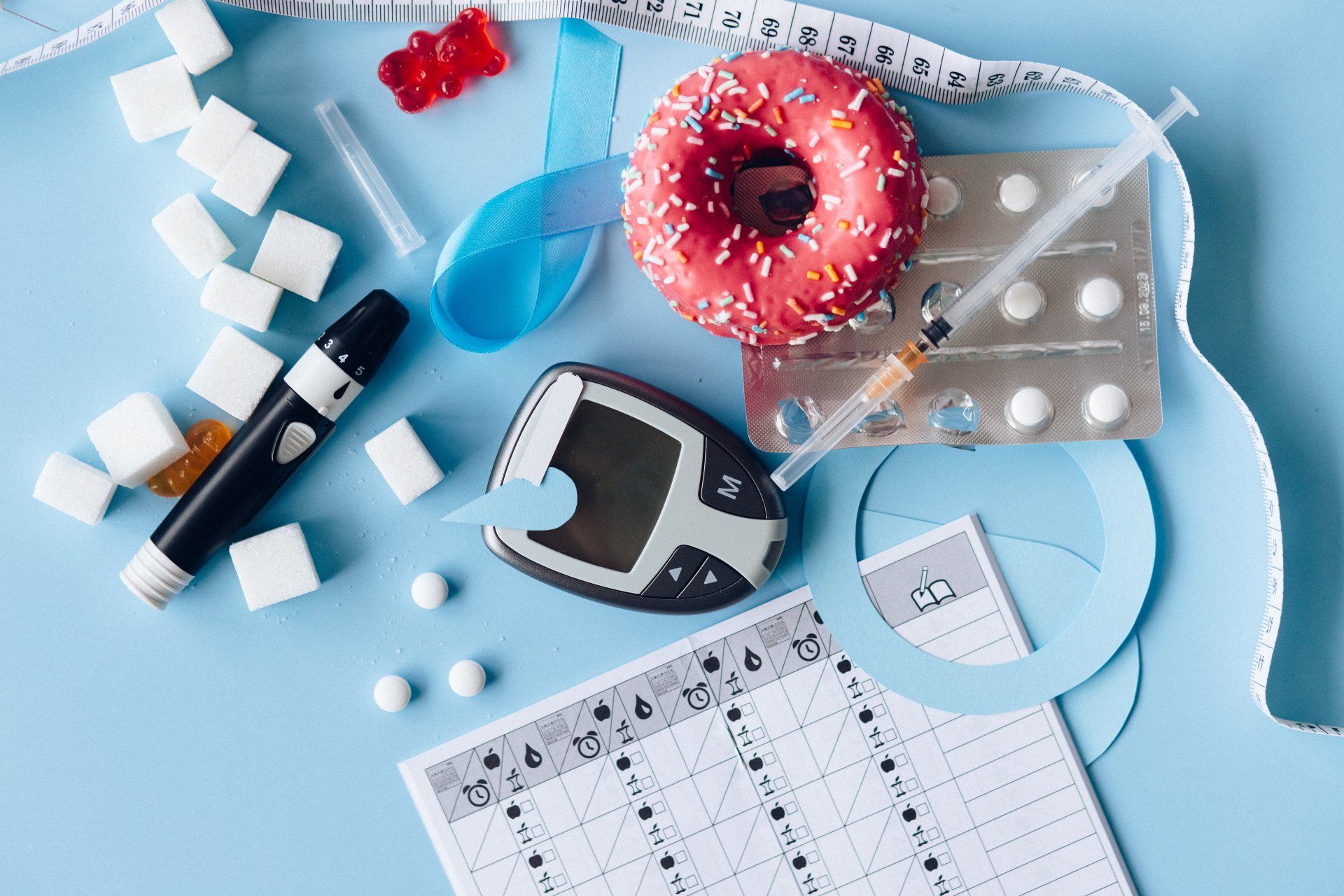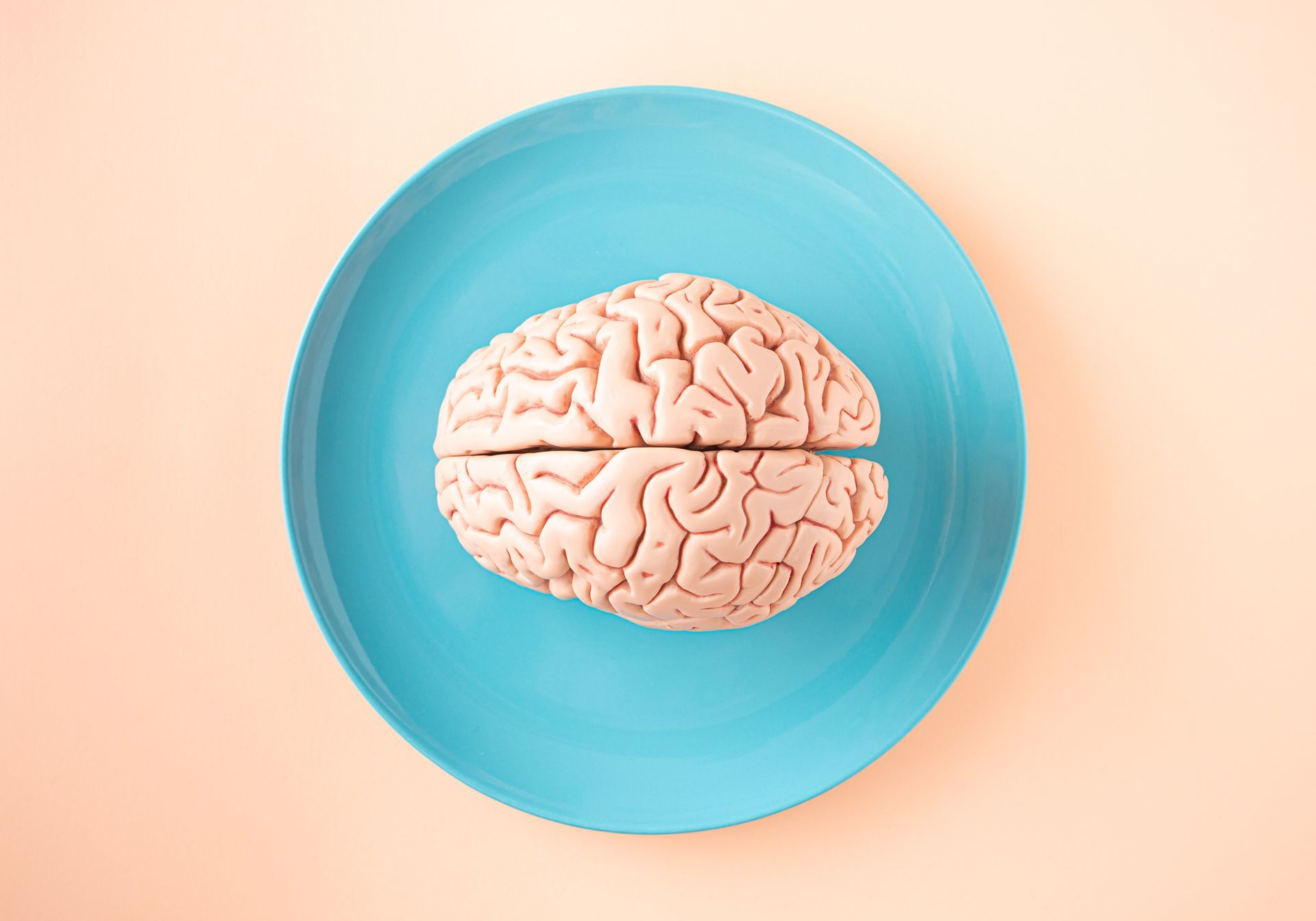How GLP-1 Agonists Work
Mechanisms of Action of GLP-1 Agonists: Unraveling the Therapeutic Potential

Glucagon-like peptide-1 (GLP-1) agonists have emerged as a promising class of drugs for the management of type 2 diabetes mellitus (T2DM). These agents mimic the effects of endogenous GLP-1, a hormone released from the gut in response to nutrient intake. The physiological actions of GLP-1 include glucose-dependent insulin secretion, inhibition of glucagon release, delayed gastric emptying, and promotion of satiety. This article reviews the intricate mechanisms through which GLP-1 agonists exert their therapeutic effects, shedding light on their potential applications beyond glycemic control.
Introduction:
Type 2 diabetes mellitus is a complex metabolic disorder characterized by insulin resistance and impaired insulin secretion. GLP-1 agonists, derived from the naturally occurring GLP-1 hormone, have gained significant attention due to their multifaceted mechanisms of action. By targeting multiple facets of glucose metabolism and appetite regulation, these agents offer a unique approach to T2DM management.
GLP-1 Receptor Activation:
GLP-1 agonists exert their effects by binding to and activating the GLP-1 receptor, a G protein-coupled receptor expressed on pancreatic beta cells, alpha cells, and various tissues including the gastrointestinal tract and central nervous system. Activation of the GLP-1 receptor triggers a cascade of intracellular events, leading to the modulation of insulin and glucagon secretion.
Glucose-Dependent Insulin Secretion:
One of the hallmark actions of GLP-1 agonists is the enhancement of glucose-dependent insulin secretion. Unlike traditional therapies that can lead to hypoglycemia, GLP-1 agonists stimulate insulin release in a glucose-dependent manner, reducing the risk of hypoglycemic events. This mechanism helps restore glucose homeostasis without overstimulating insulin secretion in the absence of elevated blood glucose levels.
Inhibition of Glucagon Release:
GLP-1 agonists also suppress the release of glucagon, the hormone responsible for increasing blood glucose levels. By inhibiting glucagon secretion from pancreatic alpha cells, GLP-1 agonists contribute to the overall reduction of hyperglycemia, particularly in the postprandial state.
Delayed Gastric Emptying:
Another crucial aspect of GLP-1 agonist action is the delay in gastric emptying. This effect slows the absorption of nutrients, leading to a more gradual and sustained increase in blood glucose following meals. The delayed gastric emptying contributes to improved glycemic control and helps mitigate postprandial glucose excursions.
Central Nervous System Effects:
Beyond the pancreas and gastrointestinal tract, GLP-1 receptors are present in the central nervous system, particularly in the hypothalamus. Activation of these receptors influences appetite regulation and satiety, leading to reduced food intake. This central effect contributes to weight loss observed in individuals treated with GLP-1 agonists.
Cardiovascular and Renal Benefits:
Recent studies suggest that GLP-1 agonists may confer cardiovascular and renal benefits independent of their glucose-lowering effects. These potential cardioprotective and nephroprotective properties are currently under intense investigation and may represent additional therapeutic advantages of this class of medications.
Conclusion:
In conclusion, GLP-1 agonists represent a unique and effective therapeutic option for individuals with T2DM. By exploiting the physiological actions of endogenous GLP-1, these agents provide glucose-lowering effects with a reduced risk of hypoglycemia. Additionally, their influence on appetite regulation and potential cardiovascular and renal benefits broaden their therapeutic spectrum. Ongoing research continues to unravel the full extent of their mechanisms of action, paving the way for future developments in diabetes management and beyond.
Fitness From Head to Toe
Contact Us
Contact Us
We will get back to you as soon as possible
Please try again later










